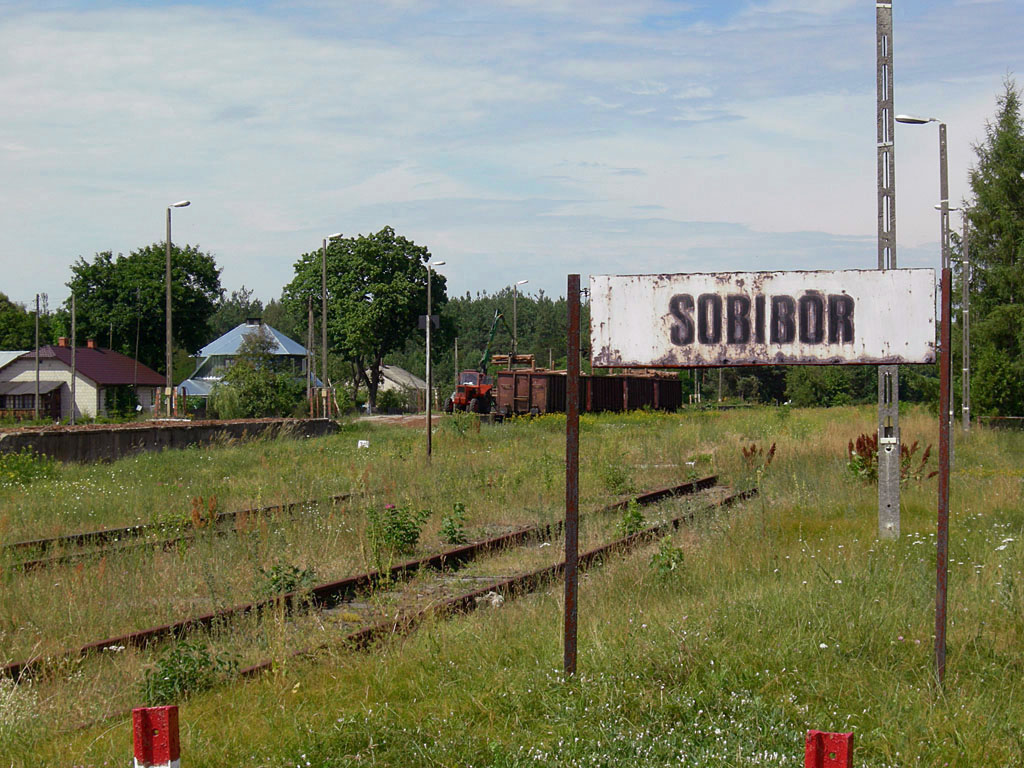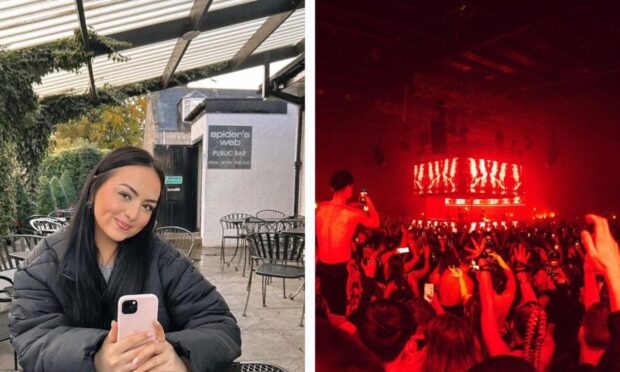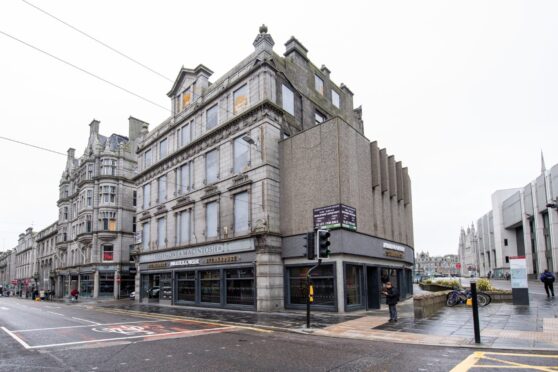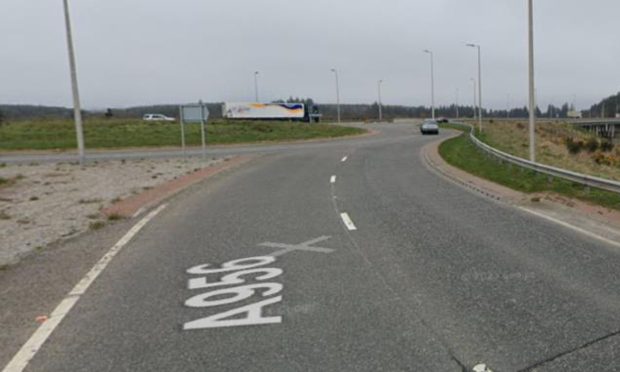Selma Wynberg Engel, one of the few to survive an uprising against the Nazis, died last week at the age of 96.
Mrs Engel was among 58 prisoners who escaped from the Sobibor extermination camp in occupied Poland and lived to see the end of the war.
Only one other former Sobibor prisoner, Semyon Rozenfeld, is alive today.
Mrs Engel was born Saartje Wijnberg – she anglicized her name when she moved to the United States – in the Netherlands in 1922.
When the Germans invaded in 1940, Mrs Engel and her family – who all died during the Holocaust that followed- was forced into hiding.
In 1942, the Nazis seized her during a roundup of Jews and sent her to two concentration camps, before shipping her to Sobibor in April 1943.
It was one of the Nazis’ camps used solely for the purpose of exterminating the Jews, with many immediately gassed or shot to death upon arrival.
All told, at least 167,000 people and possibly as many as 350,000 were murdered at Sobibor between March 1942 and October 1943.
Mrs. Engel, who was 20 at the time of her arrival, was selected to sort the clothing of the dead and spared.
Knowing that all the prisoners would be murdered sooner or later, a group of Sobibor prisoners staged a revolt.
On October 14, 1943, they lured guards to remote locations and killed 11 of them with knives and axes.
600 prisoners then broke free and fled under machine-gun fire.
One prisoner, Chaim Engel, had also survived as a clothes sorter, grabbed Selma’s hand and led her away from the camp.
The pair remained on the run for at least two weeks before finding refuge with a Polish peasant family, who hid them in their barn.
They remained there for nine months, until it was safe for them to set off on a long journey back to the Netherlands.
By this point the Germans had liquidated the camp and hidden it beneath crops and dirt.
But Mrs Engel began telling the world what she had witnessed and, along with her husband, would continue to do so for the rest of her life.
In July 1944, shortly after the Red Army had crossed the Polish border, she and two other Sobibor escapees told Russian reporters about the camp.
Their account was published in the Russian newspaper Komsomolskaya Pravda under the headline “The Death Factory in Sobibor”.
It was the first public description of the camp.

They went on to testify at the trials of German officers, provided written and oral accounts of their ordeal and were interviewed for books and other publications over the decades.
They also married, in 1945, as the war finally ended.
In 2010, Queen Beatrix of the Netherlands knighted Mrs Engel in recognition of her survival and brave work over the years.
On the same day, the Dutch minister of healthcare, Ab Klink, issued a formal apology.
He said: “I apologize for the way the Dutch government treated you and your husband almost 65 years ago.
“It is almost unthinkable. I say to you: ‘We are very, very sorry’.”
Following the knighthood, her family wrote that she “accepted the acknowledgment and attention to her story after so many years, but that was not the same as accepting an apology for the killing of all but a handful of her family and hundreds of thousands of other Jews”.
Mrs Engel died on December 4.
In addition to her daughter, Mrs Engel is survived by a son, Ferdinand, as well as four granddaughters and eight great-grandchildren.
Her husband,Chaim Engel, died in 2003.











